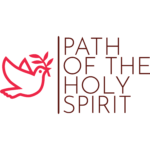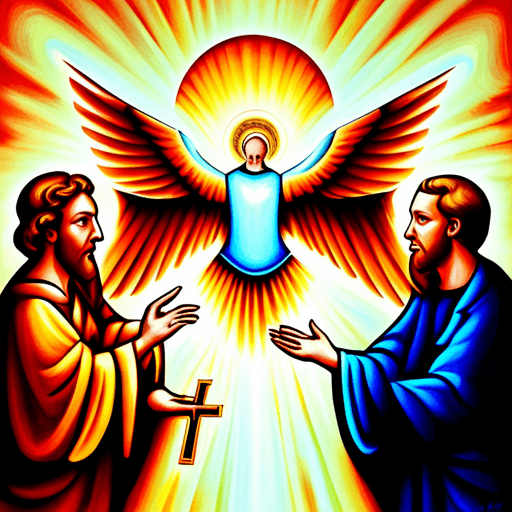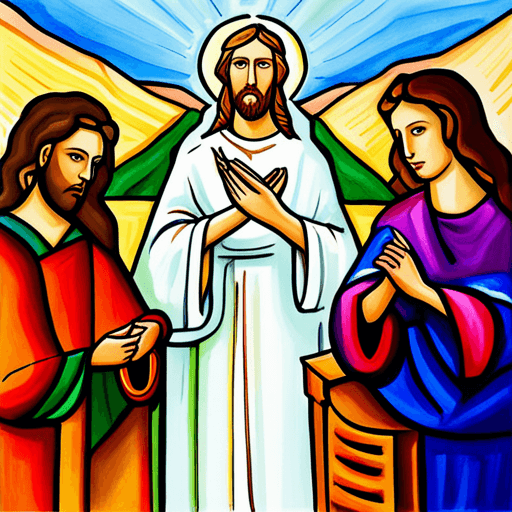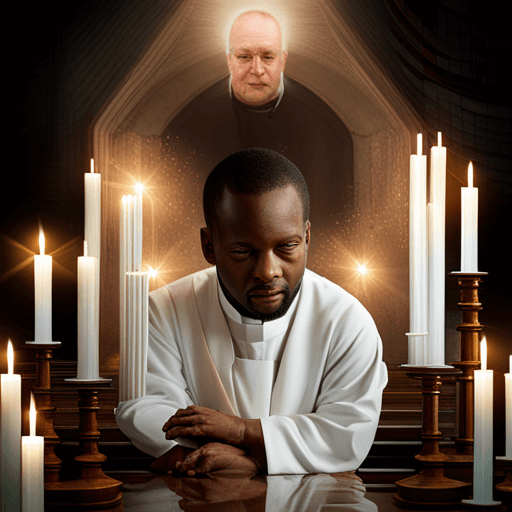Do you ever wonder how the political landscape of medieval Europe was shaped? Have you heard about the power struggle between the papacy and secular rulers during that time?
The medieval period witnessed a constant tug-of-war between these two forces as they fought to assert their authority over each other. As a member of society, you may have felt torn between different groups vying for your loyalty and attention. Similarly, in medieval Europe, people were caught in the middle of this power struggle as they had to choose whether to follow their religious leaders or secular rulers.
This article will explore the role of the papacy in medieval Europe, how secular rulers challenged their authority, conflicts and confrontations that arose from this power struggle, strategies used by both sides to assert their authority, and ultimately, the lasting impact it had on European history.
Join us on this journey back in time to learn about one of the most fascinating periods in history!
The Role of the Papacy in Medieval Europe
The Papacy played a significant role in Medieval Europe, shaping the continent’s religious and political landscape.
At the heart of this power struggle was the question of who held more influence over society: the Church or secular rulers?
The papal hierarchy and structure gave tremendous power to popes who could exercise their authority through a vast network of bishops and clergy.
This led to both immense influence and corruption.
One way the Papacy wielded its power was by controlling access to heaven itself.
Popes claimed that only they had the ability to grant absolution for sins, which meant that people were willing to pay large sums of money for indulgences.
The papal court also became a center of wealth and luxury, with popes themselves living lavishly while corruption ran rampant among other members of the hierarchy.
As such, many people began to question whether the Church truly represented Christ’s teachings or if it had become nothing more than another corrupt institution seeking power at any cost.
The Rise of Secular Rulers and Their Challenges to Papal Authority
As secular leaders gained more influence, they began to challenge the authority of the papacy. This was especially true during the High Middle Ages when monarchs like Henry IV of Germany and Philip IV of France sought to exert their power over the Church. They believed that they should have a say in appointing bishops and other church officials, rather than leaving it solely up to the pope.
These rulers also resented having to pay taxes to Rome and often tried to limit papal power within their own countries. The papacy, on the other hand, fiercely opposed these attempts at secular resistance. Popes saw themselves as God’s representatives on Earth and believed that they had ultimate authority over both spiritual and temporal matters.
They argued that granting secular rulers too much power would lead to corruption and undermine the moral guidance provided by the Church. The resulting power struggle between medieval popes and secular rulers would continue for centuries, shaping European politics and religion for generations to come.
Conflicts and Confrontations: Examples of the Power Struggle
Amidst the fiery clashes of opposing forces, a battle for control and authority wages on in the heart of Europe’s political and religious landscape. The conflict between the papacy and secular rulers wasn’t limited to verbal exchanges as both parties engaged in diplomatic negotiations and military interventions to prove their power.
One example of such confrontations is the Investiture Controversy that occurred during the late 11th century. It was a power struggle between Pope Gregory VII and Holy Roman Emperor Henry IV over who had the right to appoint bishops. When Henry appointed his own bishop against Gregory’s wishes, he was excommunicated by the pope.
In response, Henry marched into Italy with an army, captured Rome, and installed his own antipope as a rival to Gregory. This resulted in years of warfare before both sides reached a compromise through diplomatic negotiations.
Such conflicts were common during medieval times as both sides tried to assert their dominance over each other through any means necessary.
Strategies Used by the Papacy and Secular Rulers to Assert Their Authority
In their quest for control, both religious and political leaders in Europe employed various tactics to assert their dominance over one another.
The papacy used its religious influence to sway public opinion and gain support from the masses. This was accomplished through the use of propaganda, which painted secular rulers as corrupt and immoral, while portraying the church as a beacon of righteousness.
Secular rulers, on the other hand, utilized political maneuvering to curb the power of the papacy. They sought to limit the pope’s authority by establishing laws that restricted his ability to interfere in temporal affairs. Additionally, they employed economic sanctions against the church, such as imposing taxes on church property or seizing control of church lands.
These actions not only weakened the financial position of the papacy but also diminished its credibility in matters related to governance. Despite these efforts, however, neither side emerged victorious in this centuries-long struggle for supremacy between Church and State.
The Legacy of the Power Struggle: Impact on Medieval Europe
You’re probably wondering how the fight for dominance between Church and State impacted Europe during the Middle Ages. Well, it left behind a legacy that would shape the continent for centuries to come.
The power struggle had long term consequences that would lead to significant societal changes in Europe.
One of the most prominent legacies of this conflict was the separation of Church and State. This separation had profound implications for European society as it allowed for more secularization and individualism. It paved the way for modern democracy and helped establish human rights as we know them today.
Moreover, it also influenced art, literature, music, and architecture, leading to new styles that emphasized individual creativity rather than religious dogma.
In short, this battle for power ultimately led to a more diverse and free-thinking Europe than ever before.
Frequently Asked Questions
What were the primary religions in medieval Europe?
Hey there! Let’s talk about the primary religious practices in medieval Europe and their impact on art and architecture.
Christianity was the dominant religion during this time period, with Catholicism being the most prominent branch. The Church played a significant role in society, influencing everything from politics to daily life.
Religious art and architecture flourished, with grand cathedrals and intricate frescoes adorning churches across Europe.
However, other religions such as Judaism, Islam, and paganism also existed within medieval Europe but were often persecuted or marginalized by the Christian majority.
Despite this, diverse religious practices contributed to a rich tapestry of culture that continues to fascinate us today.
How did the power struggle between the papacy and secular rulers impact trade and commerce in medieval Europe?
Picture yourself as a merchant in medieval Europe. You rely heavily on trade and commerce to make ends meet. Unfortunately, you also have to deal with the impact of Church corruption on your business dealings.
The papacy’s power struggle with secular rulers often led to conflicts that disrupted trade routes and caused economic instability. Moreover, the Church’s corrupt practices such as indulgences and simony made it difficult for you to conduct fair transactions.
It was a challenging time for merchants like you who had to navigate through these political and religious obstacles just to keep your business afloat. Nevertheless, despite all the hardships, you remained resilient because you knew that your success was crucial not only for yourself but also for the wider community.
What was the role of women in the power struggle between the papacy and secular rulers?
When it comes to the role of women in medieval Europe, their influence was often limited due to patriarchal societal norms. However, women weren’t completely powerless and found ways to exert their influence through patronage.
Wealthy noblewomen could use their resources to support artists, scholars, and religious institutions that aligned with their interests. They could also use their connections to influence political decisions and alliances.
While much of history focuses on the power struggles between men in positions of authority, it’s important to recognize the contributions and agency of women in shaping medieval society.
How did the power struggle between the papacy and secular rulers affect the daily lives of medieval Europeans?
Imagine waking up every day in medieval Europe, unsure of what the power struggle between the papacy and secular rulers will bring to your daily life. Depending on your social status, you may experience vastly different implications.
If you were a noble, you might enjoy some protection from potential conflicts, but as a peasant or serf, you would have faced greater hardships and even violence.
The ramifications of this power struggle extended beyond just physical safety; it affected access to education and opportunities for advancement in society. The social hierarchy was reinforced by the papacy’s influence over religious institutions and their ability to control knowledge dissemination through books and manuscripts.
For many Europeans, this meant that their daily lives were limited by their lack of education or opportunities for social mobility due to their position in society.
What was the impact of the power struggle between the papacy and secular rulers on scientific and intellectual advancements in medieval Europe?
Imagine living in medieval Europe, where education was largely controlled by the Church. The Church had a great influence on what was taught and how it was taught, which impacted intellectual advancements during that time period.
While the Church did promote learning and many universities were founded by religious orders, they also restricted certain subjects deemed ‘dangerous’ or against Church doctrine. This led to a lack of scientific progress in areas such as anatomy and astronomy. Additionally, the focus on theology often meant that other subjects, such as mathematics and philosophy, were not given as much attention.
Despite these limitations, there were still some notable scholars who made important contributions to fields like medicine and engineering. However, it is clear that the power struggle between the papacy and secular rulers had a significant impact on medieval education and ultimately shaped the intellectual advancements of that era.
Conclusion
You’ve now learned about the power struggle between the medieval papacy and secular rulers. It’s clear that both sides fought fiercely to assert their authority, resulting in a number of conflicts and confrontations throughout Europe.
Despite the challenges they faced, however, both the papacy and secular rulers managed to find ways to maintain their power. And while this power struggle ultimately had a significant impact on medieval Europe as a whole, it also helped shape our understanding of politics and religion today.
So whether you’re interested in history or just looking for some thought-provoking insights into the past, this article has given you plenty to think about.




